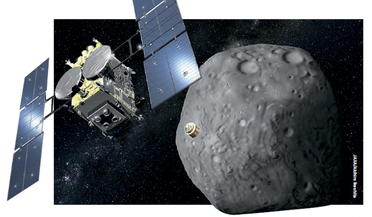 January 2019
Visiting an asteroid to find out how life began
January 2019
Visiting an asteroid to find out how life began
... first, operations will pause as the Sun will get in the way. Solar conjunction occurs when the Sun moves between Ryugu and the Earth, interfering with communication with the spacecraft. From the end of November to the end of December, communication...
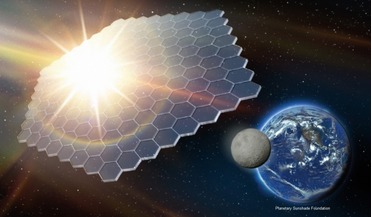 June 2022
Sunshades in space could help alleviate Earth’s climate crisis
June 2022
Sunshades in space could help alleviate Earth’s climate crisis
... Lagrange Point 1 (SEL-1). This is an unstable equilibrium point between the Earth and the Sun, about 1.5 million km sunward of Earth, where the gravitational effects of the Earth and Sun cancel each other out. Thin film structures are also affected...
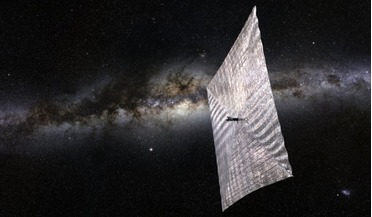 24 July 2019
LightSail 2 unfurls its sails and soars through space
24 July 2019
LightSail 2 unfurls its sails and soars through space
...was angled to within 30 degrees of its expected orientation—a promising early sign the spacecraft is tracking the Sun properly,” The Planetary Society shared via its website. However the society also reported that, “LightSail 2 did not rise far above...
 August 2018
Flying to the stars
August 2018
Flying to the stars
... distances involved. Imagine for a moment that the distance between our Sun and the Earth is one metre. The Sun would be the size of a grain of salt on this scale. Still, the closest star to our Sun, Proxima Centauri, would be more than 265 km away...
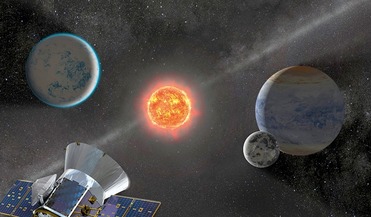 April 2019
Scanning the skies for exoplanets
April 2019
Scanning the skies for exoplanets
..., but finding an Earth-sized planet in the habitable zone of a star is pretty much at the top of the list,” said Vanderspek. “Because M stars are cooler than the Sun, the habitable zone is closer to the star, where the orbital periods are shorter and...
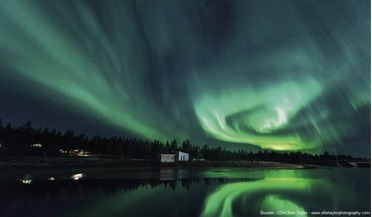 May 2021
Forecasting space-weather effects on Earth
May 2021
Forecasting space-weather effects on Earth
... stream of particles and magnetic fields released by the Sun is called the solar wind. The Sun’s intense magnetic field can, in places, prevent the heat of the interior from reaching the surface, creating relatively cooler zones called sunspots...